All of SUTD’s degrees are significantly broader than their counterpart degrees in traditional universities. To distinguish the differences between ESD and the other degrees offered in SUTD, most notably, Engineering Product & Development (EPD) and Information Systems Technology and Design (ISTD), it is best shown through an example.
Consider the specific challenge of delivering and deploying plug-in electric vehicles (PEV) widely throughout Singapore. Compare how the EPD, ESD, and ISTD pillars address the various components of this application:
- EPD –
Design the car for aerodynamics & comfort; design the vehicle’s engine and drive train; simulate and analyse the safety crash test; design and test a high capacity, efficient battery system. - ESD –
Design the optimal charging policy given the battery technology; analyse the effect of surge energy demands after rush hour; design charging schedule based on dynamic pricing of electricity; analyse life-cycle carbon-footprint of PEV; determine optimal location for charging stations given traffic flow patterns. - ISTD –
Design and implement car software, mobile device integration, status interface, heads-up display, and secure communication protocols both within the vehicle and between vehicles.
In general, ESD focuses on the logic that organises and coordinates complex systems. This logic is rooted in modelling, analysing, and optimising the systems toward an efficient, productive, and cost-effective solution.
